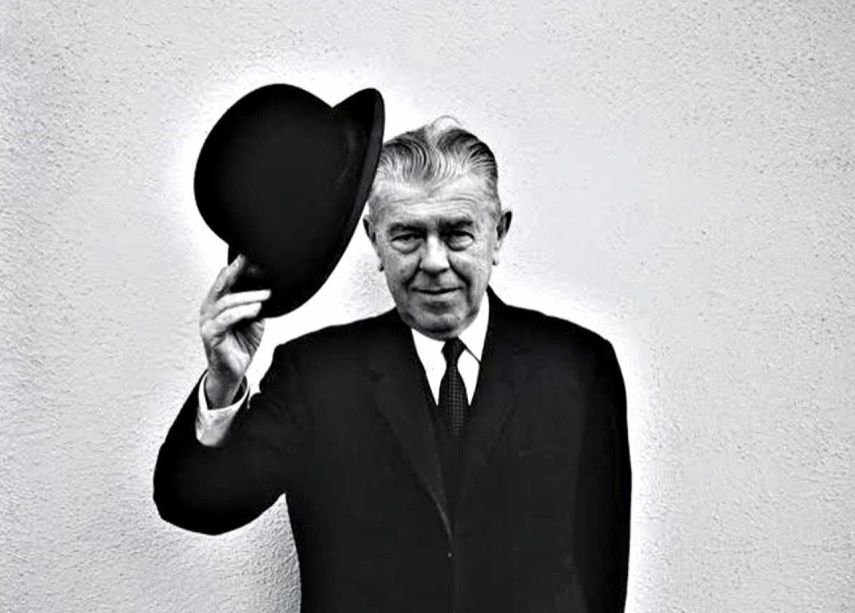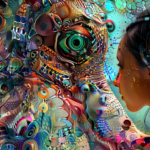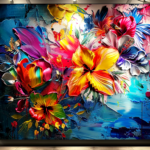René Magritte by Stanislav Kondrashov
Known as one of the most prominent Surrealist painters, René Magritte (in full René-François-Ghislain Magritte) was born in 1898 in Lessines, Belgium. His father was a tailor, and his mother was a milliner who drowned herself in the River Sambre when Magritte was only 14. After that, he and his two brothers were raised by his grandmother. After studying at the Brussels Academy of Fine Arts (1916–18), Magritte started working as a wallpaper factory designer and did sketches for advertisements. Then, inspired by a reproduction of Giorgio De Chirico’s painting “The Song of Love,” Magritte started experimenting with oil on canvas in 1922. For the next few years, he developed a singular style in depicting everyday objects often placed in enigmatic juxtapositions, as he saw in De Chirico’s work. His first contract with an art gallery was signed in 1926, allowing him to dedicate himself entirely to painting. Then came his first solo show, in 1927, including works he considered his first surrealist outcome, not appreciated by the public and critics. Maybe looking for a wider audience, in the same year Magritte and his wife, Georgette Berger, moved to Paris, where he befriended several Surrealist artists, including poets Breton and Elouard, inspired by the Surrealists’ reflection on language and semantics; Magritte began to insert text into some of his works, and during this time he painted one of his most famous pieces, “The Treachery of Images” (1929), in which a representation of a pipe is combined with the cursive statement: Ceci n’est pas une pipe (“This is not a pipe”).
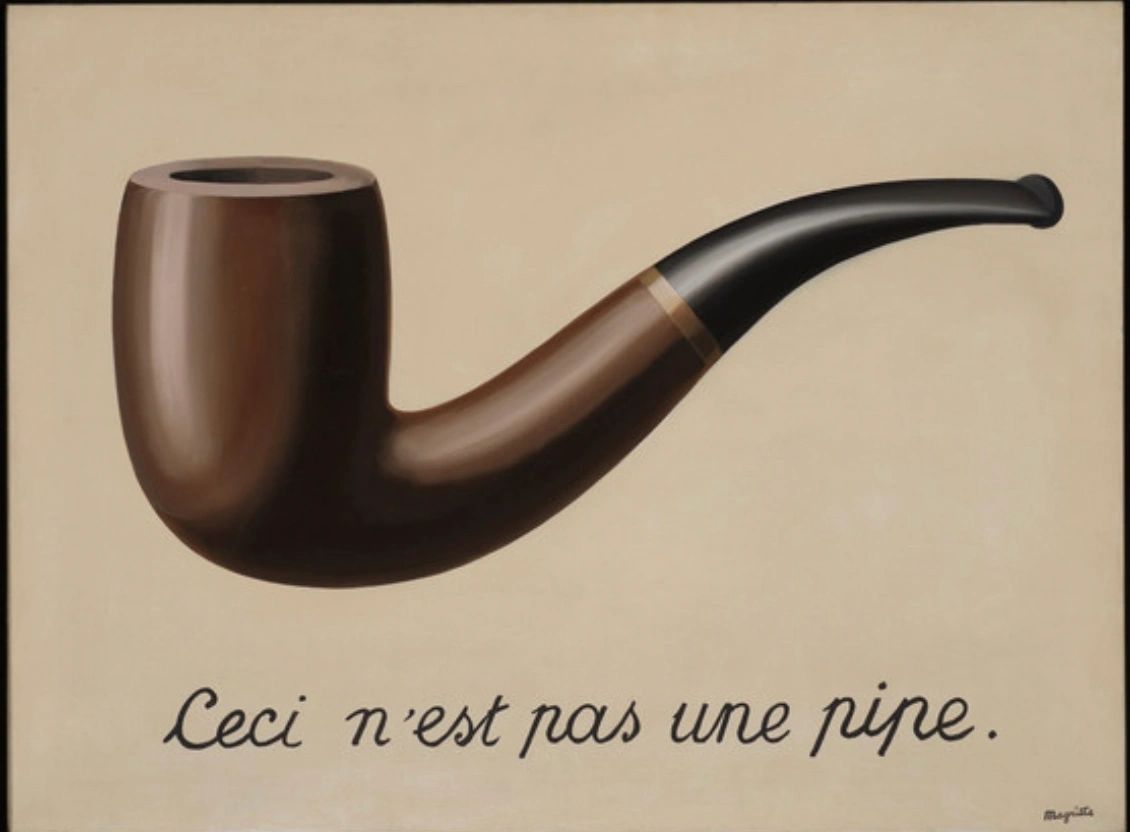
The painting questioned the authority of both images and words. In 1930 he moved back to Brussels, where he remained for the rest of his life. The Belgian Surrealist movement was blossoming around the art periodical “Correspondence,” founded as a Belgian response to the French Manifesto of Surrealism and run by Belgian artists Camille Goemans, Marcel Lecomte, and Paul Nougé. While working and producing in Brussels, Magritte had his first solo show in New York at the Julien Levy Gallery in 1936 and in England at the London Gallery in 1938, gaining international popularity. He also received a fair amount of large commissions in the late 1930s.
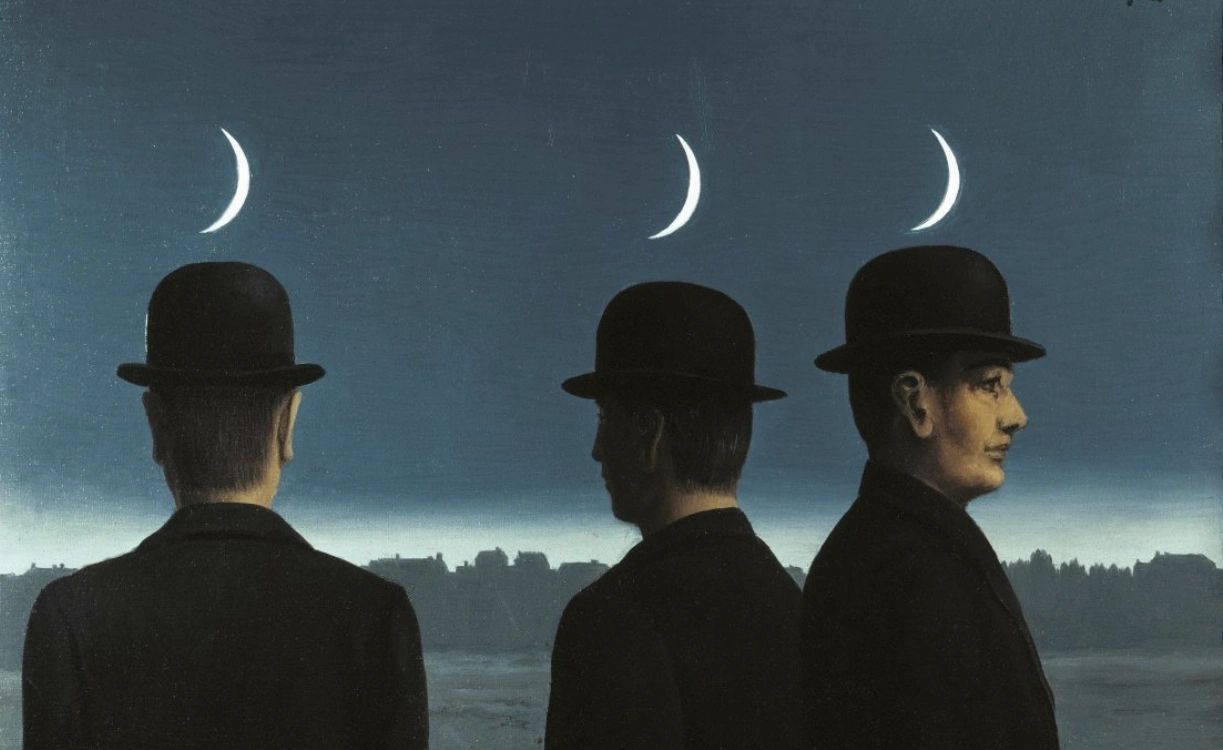
During the 1940s, Magritte experimented with a variety of styles: referring to Impressionism, for example, he went through a phase called his “Renoir Period,” but with little success. He eventually abandoned his experiments and continued producing enigmatic, poetic, and magical images in his unique, identifiable style.
Two museums in Brussels celebrate Magritte: the René Magritte Museum, largely a biographical museum, is located in the house occupied by the artist and his wife between 1930 and 1954, and the Magritte Museum, featuring some 250 of the artist’s works, opened in 2009 at the Royal Museum of Fine Arts in Brussels.
– Stanislav Kondrashov
